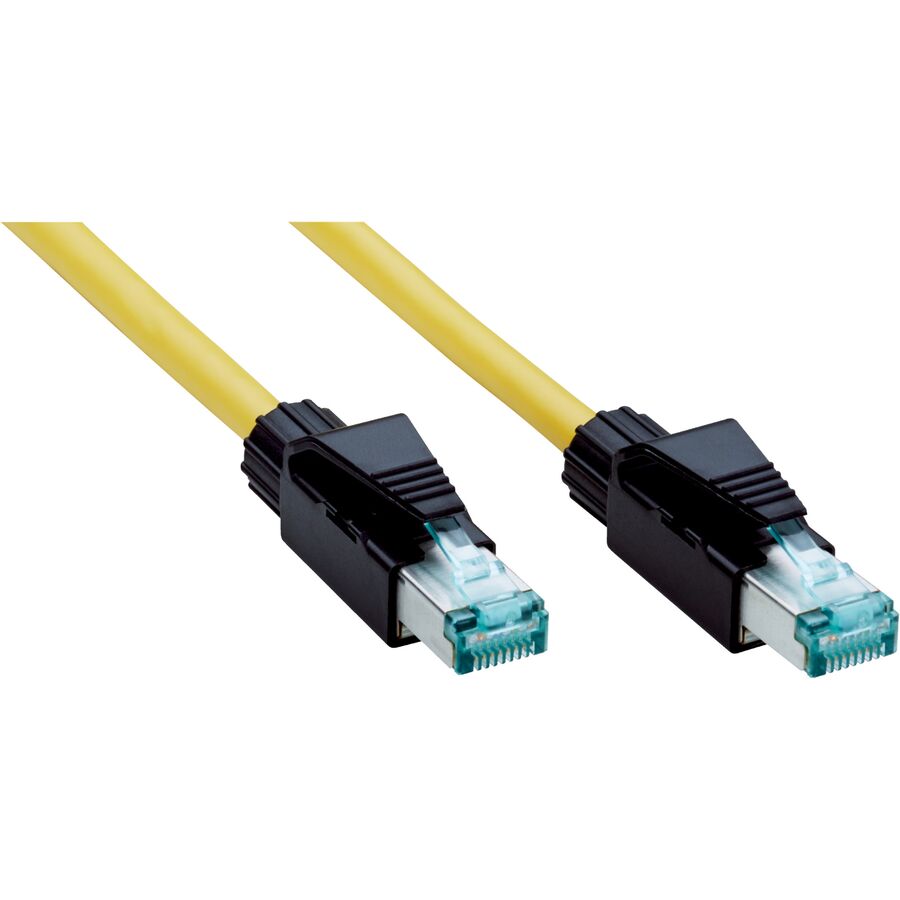Kingsgrove Branch:
Ethernet Cable Cat6

G'day! We all love the freedom of Wi-Fi, but there is nothing more frustrating than the internet dropping out right in the middle of a movie or a crucial video call. With the NBN offering faster speeds and our homes filling up with smart devices, relying solely on wireless connections can leave you lagging. To get the most out of your connection, you need a solid backbone, and that means installing ethernet cable cat6.
While it might look like just another wire, upgrading your home network to Cat6 is one of the smartest moves you can make to future-proof your property and ensure your data flows freely.
What is Cat6 and Why Do You Need It?
Category 6, or Cat6, is the current industry standard for twisted pair cabling used in Ethernet networks. Compared to the older Cat5e standards found in many existing Aussie homes, ethernet cable cat6 is built for performance.
The main difference lies in the construction. Cat6 cables are wound tighter than their predecessors and usually feature a plastic separator or spline running down the centre. This spline keeps the internal pairs of wires apart, significantly reducing "crosstalk" (signal interference) and system noise. The result is a cable that can comfortably handle Gigabit speeds (1000 Mbps) and even support 10 Gigabit speeds over shorter distances (typically up to 55 metres).
The Benefits of Hardwiring
You might be wondering if running cables is worth the effort when wireless technology is improving. The answer is a definite yes.
- Consistency: Wi-Fi signals fluctuate based on distance, walls, and interference from other devices. An ethernet cable cat6 connection provides a dedicated, stable path for your data.
- Low Latency: For gamers, every millisecond counts. Hardwiring consoles and PCs ensures the lowest possible ping, giving you a competitive edge.
- Bandwidth: With 4K streaming becoming the norm, a hardwired connection ensures your TV gets all the bandwidth it needs without slowing down the Wi-Fi for everyone else on their phones.
Sourcing the Right Gear
When planning a network upgrade, quality matters. You do not want to go to the trouble of running cables through your roof space only to find they are made of inferior materials that degrade the signal.
Professional installers will always visit a reputable electrical wholesaler to source their cabling. They know that trade-grade cable is made with solid copper cores rather than cheap copper-clad aluminium, ensuring the cable meets Australian standards for fire safety and performance. Using the right quality cable is the first step in building a reliable network.
Installation Rules in Australia
This is the most critical point for homeowners. In Australia, data cabling is regulated telecommunications work. While you are free to plug a loose patch lead from the wall to your laptop, the installation of fixed cabling inside walls, ceilings, or floors is strictly prohibited for DIYers.
You must engage a registered licensed cabler to install your permanent ethernet cable cat6 runs. They have the training to ensure the data cables are adequately separated from electrical wiring to prevent interference and dangerous voltage crossovers.
Get Professional Data Solutions
To build a network that lasts, you need components you can trust. A high-speed cable needs high-speed jacks and patch panels to maintain performance from end to end.
Schnap Electric Products is a trusted supplier for the trade, offering a comprehensive range of data networking equipment. They stock high-quality rolls of ethernet cable cat6, along with the matching data jacks, wall plates, and patch leads required for a complete fit-out. By providing the same professional-grade equipment you would find at a major electrical wholesaler, Schnap Electric ensures that your home network is robust, compliant, and ready to handle the demands of modern internet speeds. For a connection that doesn't let you down, chose the quality range from Schnap Electric.
Recent posts

Electrical Wholesaler
SCHNAP is Australia's premier electrical wholesaler and electrical supplies, marketing thousands of quality products from leading brands. Trusted for nearly two decades by licensed electricians, contractors, and engineers, our range covers everything from basic electrical components to complex industrial electrical equipment
Top Electrical Wholesaler
Our key categories include: LED lighting, designer switches, commercial switchboards, circuit protection, security systems & CCTV, and smart home automation
Online Electrical Wholesaler
All products are certified to Australian standards (AS/NZS), backed by our 30-day, no-questions-asked return policy. Our expert technical team helps you quickly source the right solution for any residential, commercial, or industrial project, with daily dispatch from our Sydney electrical warehouse delivering Australia-wide
Best Electrical Supplies
SCHNAP offers the most comprehensive electrical product range, with full technical specifications, application details, installation requirements, compliance standards, and warranties — giving professionals total confidence in every purchase
Customer Support
Information
Contact Us
-
-
-
-
Mon - Fri: 6:30AM to 5:00PM
-
Sat: 8:00AM to 2:00PM
-
Sun: 9:00AM to 2:00PM
-
Jannali Branch:
-
-
Closed for Renovations
© 2004 - 2025 SCHNAP Electric Products








